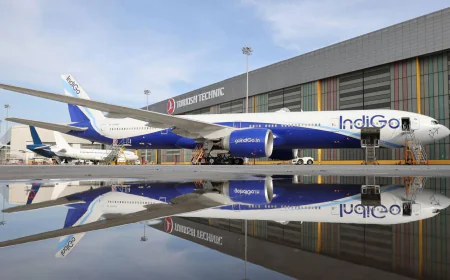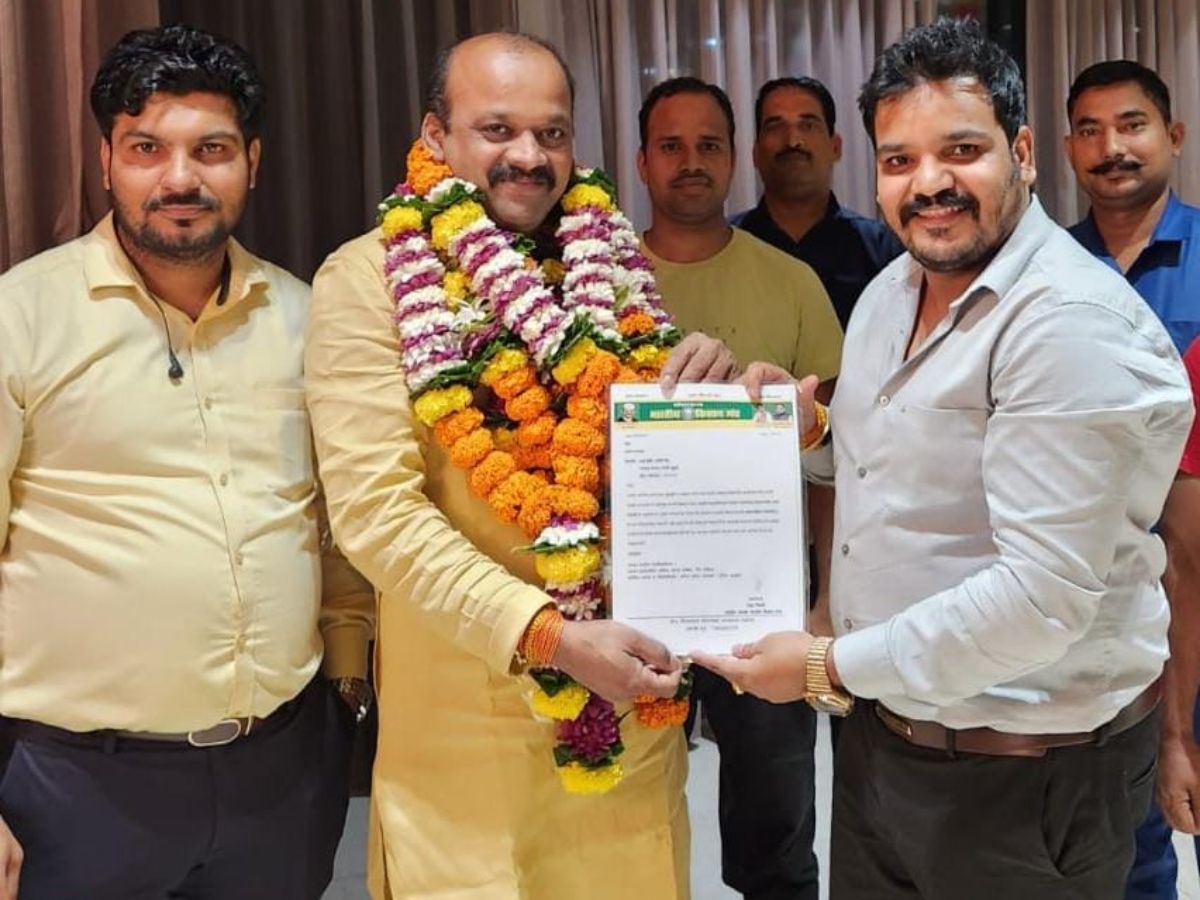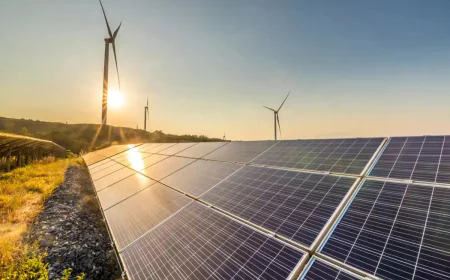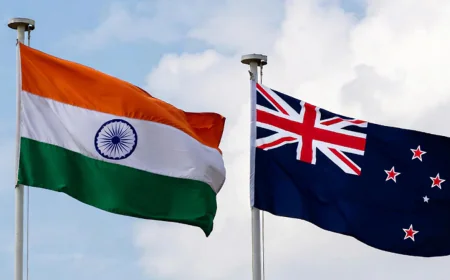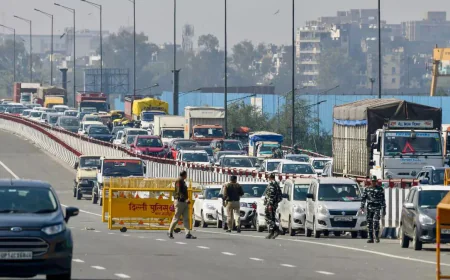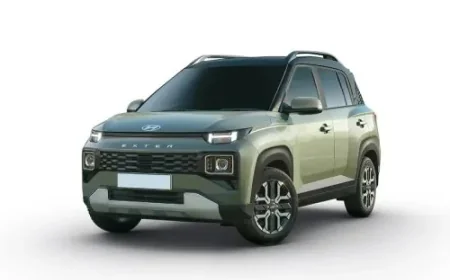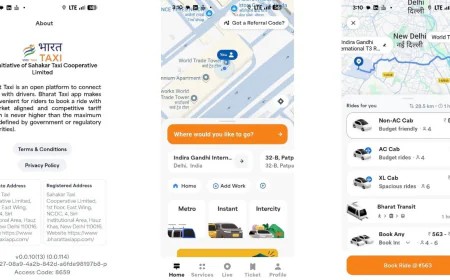Know how fast-moving cars are helping to promote clean energy
NHAI: A petrol pump on a quiet stretch of National Highway 48 near Rewari in Haryana is trying something new. It has a unique idea about energy that could change the way India delivers power on its roads.
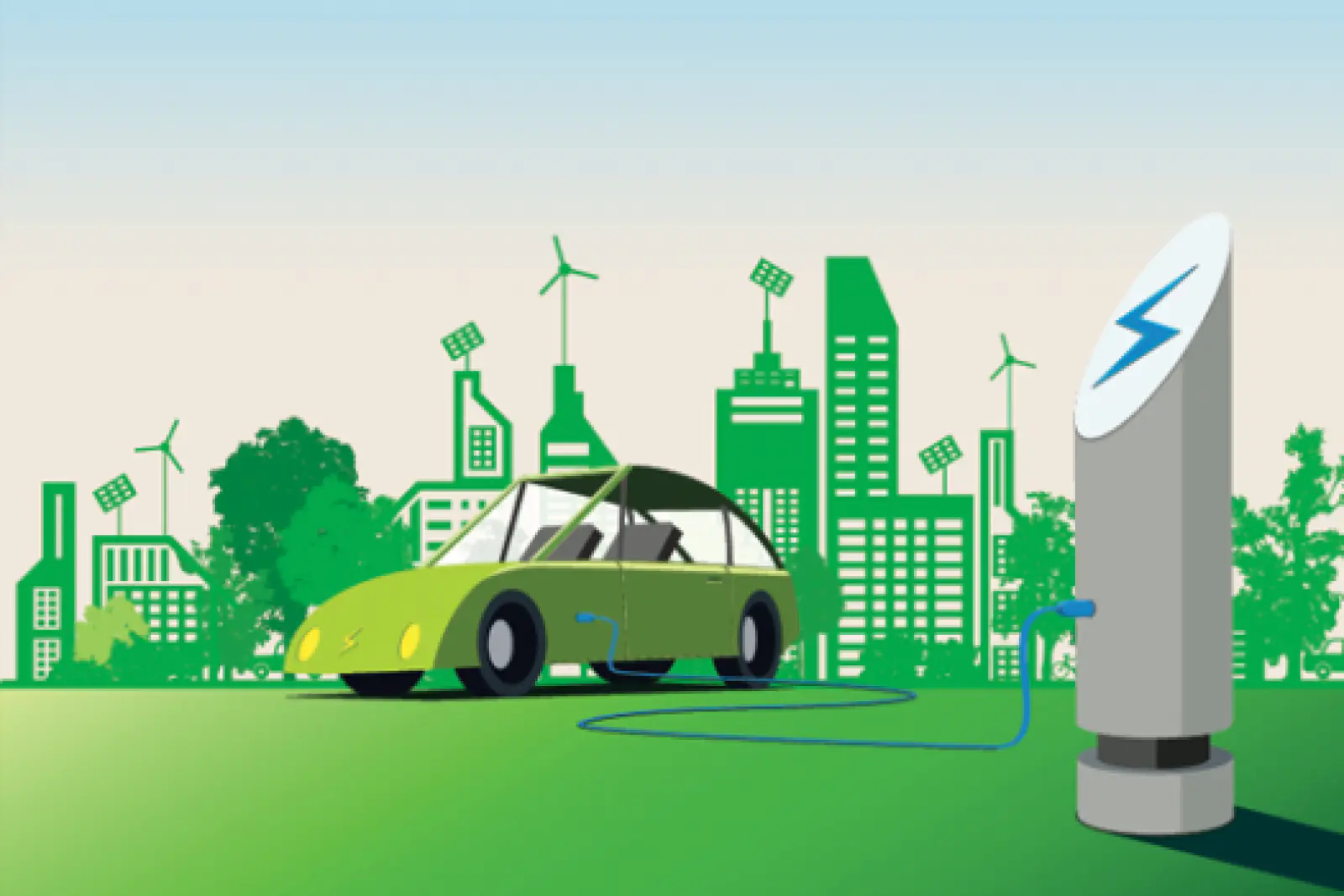
The Bharat Petroleum Corporation Limited (BPCL) and the National Highways Authority of India (NHAI) have launched a project that uses wind and solar energy to run primary highway services. A strong yet simple step towards the goal of reducing emissions in India. In the middle of the highway, wind turbines were installed, catching the wind that would come from fast-moving cars. At the same time, this configuration, combined with solar panels, creates enough power for the fuel station and EV charging point. Additionally, it saves more energy.
Shortly after it came to power in 2014, the Prime Minister's Office asked Indian Railways to examine the feasibility of generating electricity from windmills installed along railway tracks. The bright idea that the windmills would be supported by the wind created by high speed trains did not work. A decade later, the experiment has shifted to the highway.
One of the brilliant things about this wind farm project is it utilizes vertical axis wind turbines-these VAWTs capture wind at the speed of a car, which is a very common yet oft-overlooked source in low-wind areas. In other words, it works in places where normal wind farms would not. Except that everything keeps running in the night or on a cloudy day, thanks to energy stored from one HAWT and one 46-kW solar plant. And unless one actually walks down the road, one might notice the slightest of movement of the wind turbines or lack of glare from the solar panels. But thee cool devices keep working 24x7.
The system generates approximately 5,000 kWh of electricity every month. Power to in-house fuel stations, lights, and EV chargers is assured through this. This green energy system can therefore reduce dependency on regular sources of energy all the more on Indian roads, with increasing energy needs and fuel prices.
Want to get your story featured as above? click here!
Want to get your story featured as above? click here!
The exciting part is that there is a very real chance to actually scale this project. If it works, the model can scale up several kilometers of highways. Imagine all the long roads powered by systems of energy that power themselves to meet the green energy needs of Indi. Such as lighting roads and running more EV chargers. Since road travel and energy generation are really two of the biggest parts of emissions in India.
So, NHAI believes this is more than an engineering effort, but a demonstration of how roads can become green paths that support India's climate plans. This project opens a doorway toward the future wherein key places like fuel stations and streetlights start using clean energy by reducing dependence on fossil fuel.
Officials say if scaled up the project has the potential to be big not just for India but for other countries too who are looking at new ways to harness clean energy. With every step forward of the study, experts researching changes in wind and sun try to enhance energy usage. If successful, the results could set a new benchmark for road infrastructure not just in India but around the world, and on roads, other countries too could replicate the initiative.
Officials say if scaled up, the project could be a big one not just for India but also for other countries looking for new ways to harness clean energy. As the study progresses, experts are investigating changes in wind and sun to improve energy use. Successful results could set a new benchmark for road infrastructure beyond India. And other countries could copy the initiative on their roads.



